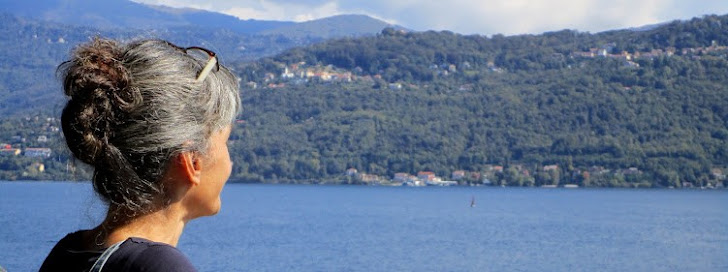From the Integrated Systems team of Microsoft Research, the Research Desktop project: "Research Desktop augments the standard desktop environment (...) [i]t provides support in four key areas: Activities, Tools, Library and Notes." Looking in more detail to the available project overview, some things caught my attention in respect to visual cues:
- instead of the «type of file» icons, richer visual aids are given: book covers, actual display of photos, first pages of documents, groups of working information (including the tools that were used to manipulate that information)
- the integration of a scrapbook were one can lay out documents and make scrapping like anotations: althought I'm convince that it will not substitute the paper scrappings in support for work, it nevertheless helps visualize work-in-progress needs when messing around with ideas. Remember that scrappings have also a social dimension during meetings: they have an important place during brainstorming, think-out-loud, and collaboration gatherings. Also, one of the places for scrappings is very often walls (either by whiteboards, placards), which can be related to the fact that individuals want to be in permament visual contact with that «work-in-progress». But this is just a feeling that needs to be verified
Some questions that come to my mind, regarding the Research Desktop. Since one of the components of collections, is the previous existence of items (unless it is a new user who has never collected anything previous to start using a new tool!) how will existing information «move» to this interface:
- will it be available regradless of OS used?
- will it require manual adding?
- can the individual use any information format, regardless of previous OS / application / artifact?
- since information is social, is it easy to share with team members, post on the web, transfer to other spaces (like printing on a large paper the scapbooking to hang on a wall) sharing with team members that have different OS or browsers?
Note to self: found this project because of the footprints left by someone that made a search for papers of Bergman, that took him to my profile in Academia.edu (that warn me about it), I've followed the link back to a paper of Bergman et al presented in CHI2009 (April), where I found other papers from Microsoft in a PIM session, which I then googled for access of the full paper, and arrived at Microsoft paper archive that was under the project umbrela.
The paper from Bergman et al:
Bergman, O., Tucker, S., Beyth-Marom, R., Cutrell, E., and Whittaker, S. (2009). It's not that important: demoting personal information of low subjective importance using GrayArea. In Proceedings of the 27th international Conference on Human Factors in Computing Systems (Boston, MA, USA, April 04 - 09, 2009). CHI '09. ACM, New York, NY, pp. 269-278.
Bergman, O., Tucker, S., Beyth-Marom, R., Cutrell, E., and Whittaker, S. (2009). It's not that important: demoting personal information of low subjective importance using GrayArea. In Proceedings of the 27th international Conference on Human Factors in Computing Systems (Boston, MA, USA, April 04 - 09, 2009). CHI '09. ACM, New York, NY, pp. 269-278.
The paper from Oleksik et al:
Oleksik, G., Wilson, M. L., Tashman, C., Mendes Rodrigues, E., Kazai, G., Smyth, G., Milic-Frayling, N., and Jones, R. (2009). Lightweight tagging expands information and activity management practices. In Proceedings of the 27th international Conference on Human Factors in Computing Systems (Boston, MA, USA, April 04 - 09, 2009). CHI '09. ACM, New York, NY, pp. 279-288.

